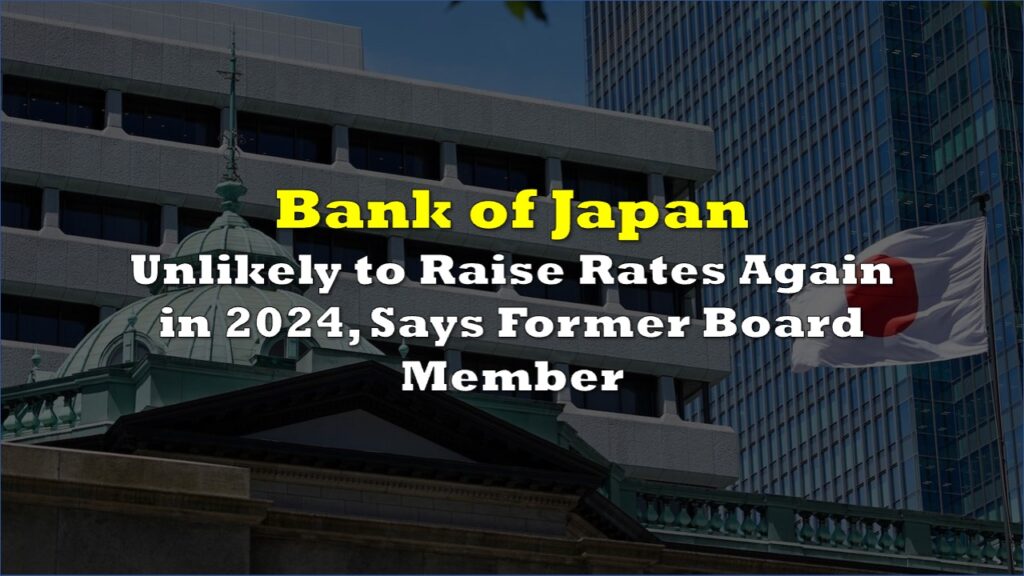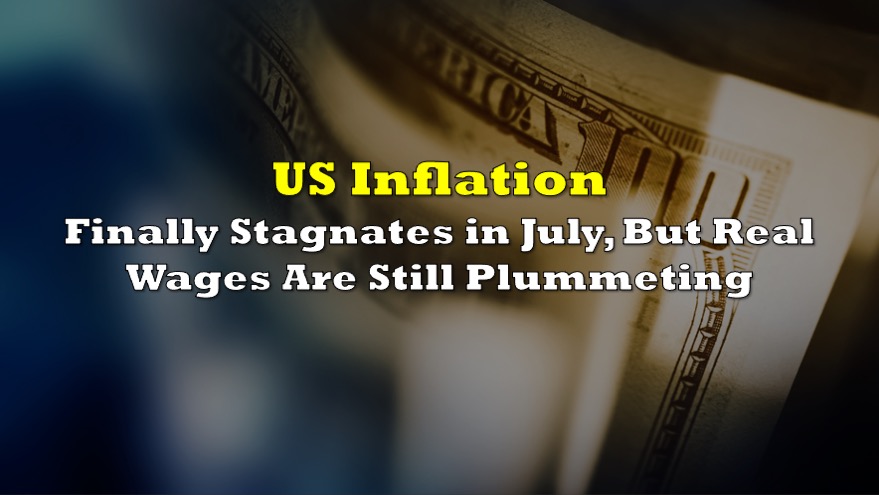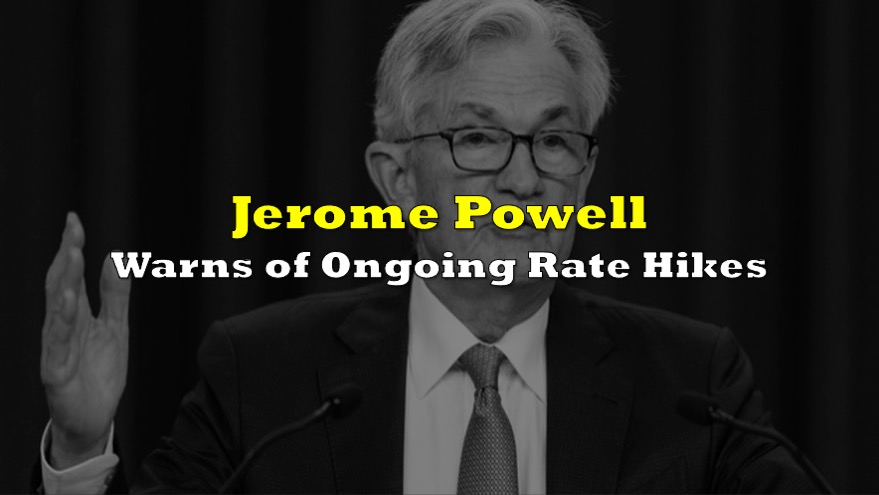As inflationary pressures diverge across North America, Bank of Canada Senior Deputy Governor Carolyn Rogers emphasizes that Canada’s central bank has room to maneuver before hitting any critical divergence with U.S. interest rates, despite growing concerns over the Canadian dollar’s potential devaluation.
At an Economic Club of Canada forum, Rogers aimed to calm concerns about Canada’s approach to interest rates in relation to the U.S. She highlighted that Canada’s monetary policy must cater specifically to Canadian economic needs, stating, “we set our policy rate for the Canadian economy.” Her remarks are an indication that, despite the ongoing U.S. rate cycle, the Bank of Canada does not intend to follow suit without a clear domestic impetus.
“There’s been a bit of worry recently about divergence, but there’s a limit to that divergence.
I don’t think we’re anywhere near that limit now,” Rogers said.
Rogers’ stance has sparked debate, with some questioning whether maintaining such a significant divergence with the U.S. may, in fact, be exacerbating Canada’s economic challenges. Financial analyst Steve Saretsky, echoing a growing sentiment, recently commented that “the Loonie will be sacrificed,” implying that Canada’s currency and consumers may bear the brunt of this strategy.
Bank of Canada Governor Rogers says they have a ways to go on diverging interest rates from the US. The Loonie will be sacrificed. pic.twitter.com/zlA9AYngwf
— Steve Saretsky (@SteveSaretsky) November 12, 2024
The Floating Exchange Rate
Rogers emphasized Canada’s floating exchange rate as an essential feature that allows the Bank to set its own course, describing it as a “buffer to price changes.” However, while the floating rate has traditionally provided flexibility, critics argue that a growing gap between Canadian and U.S. rates could undermine this advantage, especially as the loonie continues to fall relative to the U.S. dollar.
This slide has raised concerns that Canadians will pay more for everyday imports, from food to consumer goods, at a time when inflation is already straining household budgets.

In recent months, the impact of the weaker dollar has been evident, with Canadian consumers facing increased costs in several sectors, notably food and essential goods, which are heavily reliant on U.S. imports. Economists have warned that if the gap continues to widen the exchange rate may not be able to insulate Canada’s economy as effectively as Rogers suggests.
Information for this briefing was found via the sources mentioned. The author has no securities or affiliations related to this organization. Not a recommendation to buy or sell. Always do additional research and consult a professional before purchasing a security. The author holds no licenses.









